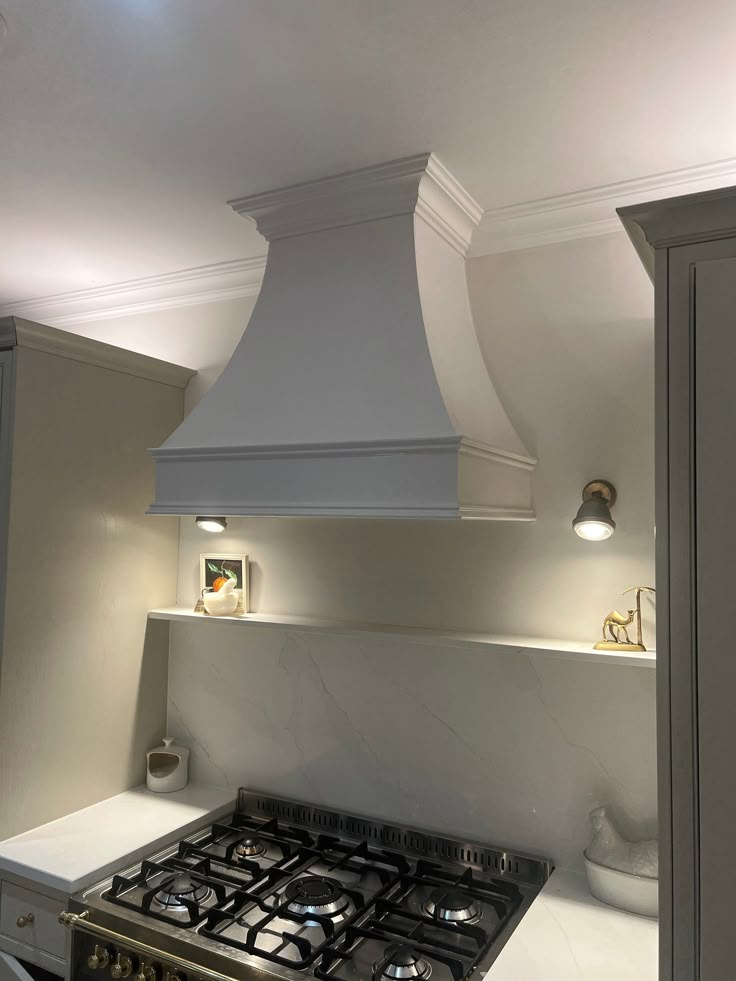Extractor fans are essential for maintaining healthy and comfortable indoor environments in kitchens and bathrooms, efficiently removing moisture, odours, and airborne particles. However, like any appliance, they can encounter issues over time that hinder their performance. Understanding common problems and their straightforward fixes can save you time, money, and the frustration of a poorly ventilated space. This guide outlines the most frequent issues with extractor fan and provides practical solutions to get them running optimally again.
1. Fan Not Turning On
If your extractor fan refuses to power up, several factors could be at play.
- No Power Supply:
- Fix: Check the circuit breaker in your home’s electrical panel. It might have tripped. If it’s a dedicated circuit, ensure it’s switched on. Also, verify that the fan is properly plugged in if it’s a plug-in model.
- Faulty Switch:
- Fix: The wall switch controlling the fan might be defective. If other appliances on the same circuit work, but the fan doesn’t, the switch is a likely culprit. A qualified electrician can test and replace it.
- Motor Overheating/Burnout:
- Fix: If the fan has been overworked or is old, the motor might have overheated and shut off, or even burnt out. Allow it to cool down. If it still doesn’t work, the motor may need replacement, or the entire unit might require upgrading.
- Loose Wiring:
- Fix: Over time, vibrations can loosen electrical connections. Always turn off power at the breaker before inspecting wiring. If you’re comfortable and knowledgeable, check the wiring connections at the fan unit and the switch. Otherwise, call an electrician.
2. Poor or Inadequate Extraction
The fan is running, but it’s not effectively clearing the air.
- Clogged Filters (Kitchen Rangehoods):
- Fix: Grease and dust accumulate on mesh or baffle filters, severely restricting airflow. Remove filters and clean them thoroughly with hot, soapy water (many are dishwasher-safe). Replace charcoal filters in recirculating models regularly (every 3-6 months, depending on use).
- Blocked or Kinked Ducting:
- Fix: Debris (leaves, bird nests), excessive bends, or kinks in the ducting can impede airflow. Inspect the duct run from the fan to the exterior vent. Clear any obstructions and ensure the ducting is as straight as possible.
- Undersized Fan:
- Fix: The fan’s extraction power (m³/hr or L/s) might simply be too low for the size of your room or the intensity of your cooking/showering. If the fan has always performed poorly, an upgrade to a higher-capacity model might be necessary.
- Backdraft Damper Stuck Closed:
- Fix: The damper, designed to prevent outside air from entering, can sometimes get stuck in the closed position, blocking airflow. Inspect the damper at the fan’s exhaust port and the exterior vent. Ensure it can open freely when the fan is on.
- Leaky Ducting:
- Fix: Gaps or holes in the ducting can allow air to escape before reaching the exterior, reducing efficiency. Inspect the ducting for leaks and seal any gaps with appropriate duct tape (foil tape, not cloth duct tape).
3. Excessive Noise
A noisy fan can be incredibly disruptive.
- Dirty/Unbalanced Fan Blades:
- Fix: Dust, grease, or debris can accumulate on fan blades, causing imbalance and vibration. Clean the fan blades carefully.
- Loose Mounting:
- Fix: If the fan unit is not securely mounted to the wall or ceiling, vibrations can cause rattling noises. Tighten mounting screws and ensure the unit is firmly in place.
- Worn Motor Bearings:
- Fix: Over time, motor bearings can wear out, leading to grinding or squealing noises. This often requires motor replacement or a new fan unit.
- Ducting Vibration:
- Fix: Loose or unsupported ducting can vibrate against joists or other structures. Ensure ducting is properly secured with hangers and insulated if running through unheated spaces.
- Undersized Ducting:
- Fix: If the ducting is too narrow for the fan’s power, it can create excessive air turbulence and noise. Ensure ducting diameter matches the fan’s output.
Addressing these common issues can significantly improve your extractor fan’s performance and extend its lifespan, ensuring your kitchen and bathroom remain fresh and comfortable. For any electrical concerns or complex repairs, always consult a qualified professional.

